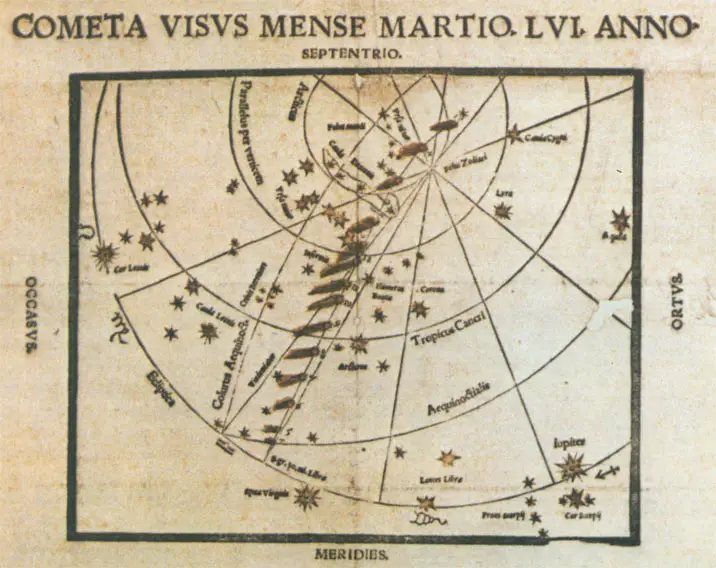On this day in Tudor history, 8th March 1516, Sir John Wiltshire wrote to King Henry VIII from the English territory of Calais warning him that a couple of gifts were on their way to the king from the Duke of Ferrara. The gifts were a courser (a horse) and a "lebard" (a leopard or lion).
Exotic animal gifts were all the rage in the medieval and Tudor period and were the reason why there was a royal menagerie at the Tower of London.
Find out more about some of these animal gifts in today's talk.
In my Questions about Anne Boleyn series, I’ve done a video on Did Anne Boleyn have any pets. Here it is:
Also on this day in Tudor history, 8th March 1539, former royal favourite Sir Nicholas Carew was beheaded for treason at Tower Hill. Find out more about why he fell from grace in last year’s video:
Also on this day in history:
- 1495 – Birth of John of God (João Cidade) in Montemor-o-Novo, Portugal. He was one of Spain's leading religious figures and the order he created, the Brothers Hospitallers of St. John of God, still has bases around the world today.
- 1542 – Burial of Geoffrey Blythe, clergyman, Treasurer of Lichfield, former Warden of King's Hall, Cambridge and former Archdeacon of Stafford. Blythe was one of the divines recorded by martyrologist John Foxe as preaching against Hugh Latimer at Cambridge. Blythe was buried at All Saints' Church in Cambridge.
- 1569 – Death of Richard Tracy, evangelical reformer and cousin of Protestant martyr James Bainham, at his manor in Stanway, Gloucestershire. Tracy's works included “Profe and Declaration of thys Proposition: Fayth only iustifieth”, which was dedicated to Henry VIII, “‘A Supplycation to our most Soueraigne Lorde, Kynge Henry the Eyght” and “A Bryef and short Declaracyon made wherebye euery Chrysten Man may knowe what is a Sacrament”. In Elizabeth I's reign, he served as a Commissioner of the Peace and Sheriff in Gloucestershire.
Transcript:
On this day in Tudor history, 8th March 1516, Sir John Wiltshire wrote to King Henry VIII from the English territory of Calais.
Now, it’s not an important letter, it’s just one I came across during my research and that I found interesting. In the letter, Wiltshire is giving the king advance warning of some gifts that are on their way to England and it’s the gifts that interest me. Wiltshire writes:
“A gentleman of the Duke of Ferrara is coming with presents to Henry, a dark grey courser of Naples, and a ‘lebard,’ a marvellous dangerous beast to keep. "The keeper saith a will kill a buck or doe or roe and an hare, which is a marvellous thing if it be so.”
I assume that the lebard is actually a leopard. A courser was a type of horse that was fast and strong, and had good endurance. They were often used by knights in battle.
Although the letter appears in the archives for Henry VIII’s reign 1516. This gift is mentioned in the Venetian Archives for the year 1515. There are two mentions:
“announced the arrival in London on the 18th March of an ambassador from the Marquis of Ferrara, by name Hironimo de Strozi; and in the said Duke's name he presented the King with a horse, said to be very handsome, and a live leopard. According to report, the King was much pleased with this present.”
Then, the second mention:
“Exhibited letters from his Duke Don Alfonso, announcing the return of the envoy sent by him to England with a horse and a live [leopard]. The envoy was much favoured by the King, who reciprocated the presents.”
King Henry VIII seemed to like his horse and leopard!
Antonio Frizzi, in his History of Ferrara, gave more details on these gifts, describing the horse as having gold trappings and stating that as well as the horse and the leopard, the duke sent three trained falcons.
Why send a leopard? You might ask. Well, animals gifts, particularly exotic ones, were all the rage, and the duke obviously wanted to impress. The Tower of London’s website states that there was a royal menagerie at the Tower to house these animals gifts from the 1200s to 1835. It was started when Henry III was sent what was described as three leopards, but which might actually have been lions, in 1235 by Frederick II, Holy Roman Emperor. In 1252, the King of Norway sent a polar bear and in 1255 the King of France sent an elephant. Lions at the Tower gave their name to the Lion Tower, which is no longer standing. By the way, the polar bear was able to fish and swim in the River Thames, with a chain securing it, of course.
Fast-forward to the Tudors, and as well as marmosets and monkeys being kept as pets by wealthy Tudors, including Catherine of Aragon, Henry VIII and Edward VI, visitors to the menagerie at the Tower in the 1540s recorded seeing lions, leopards, an eagle and a lynx, all belonging to the royal family. In 1592, a visitor saw six lions and lionesses, and “a lean, ugly wolf” kept by the queen. In 1598, there were three lionesses, a lion, a tiger, a lynx, a wolf, a porcupine and an eagle. Henry VII gave his wife, Elizabeth of York, a lion as a gift. I wonder what she thought of it.
In 1826, 150 of the menagerie’s animals were rehomed at Regent’s Park, founding London Zoo, and the rest were rehomed when the menagerie closed in 1835.



Wow! It’s interesting to get mentioned some exotic animals.
Charlemagne had an elephant from his friend, Sultan Harun al Raschid called Abul Abbas who travelled all over his Empire and was a prized companion for many years.
Yes, you gave such rare gifts to honour a fellow monarch. This was amazing, thanks.